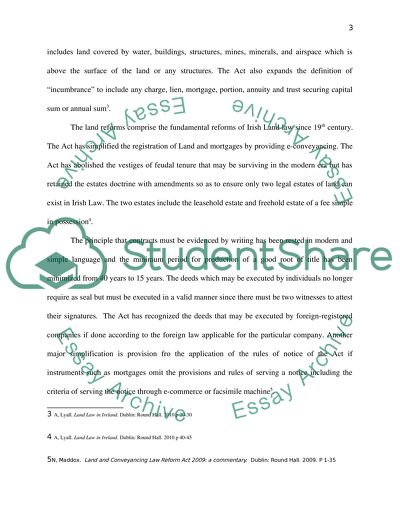Cite this document
(“Achievements of Land and Conveyancing Law Reform Act 2009 Essay”, n.d.)
Retrieved from https://studentshare.org/law/1454474-in
Retrieved from https://studentshare.org/law/1454474-in
(Achievements of Land and Conveyancing Law Reform Act 2009 Essay)
https://studentshare.org/law/1454474-in.
https://studentshare.org/law/1454474-in.
“Achievements of Land and Conveyancing Law Reform Act 2009 Essay”, n.d. https://studentshare.org/law/1454474-in.


